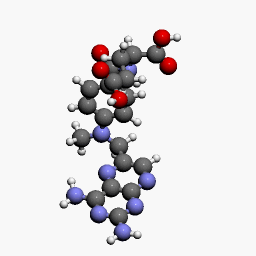RECEPTOR AT A GLANCE

**Definition and Types of Receptors in Pharmacology** In pharmacology, receptors are fundamental components of biological systems that mediate the effects of drugs and endogenous signaling molecules. Receptors can be conceptualized as molecular switches that, upon activation by specific ligands, initiate cellular responses, leading to physiological effects. Understanding the diversity and mechanisms of action of receptors is crucial for drug discovery, development, and therapeutic interventions. This article explores the definition, classification, and significance of receptors in pharmacology. **Definition of Receptors** Receptors are specialized protein molecules located on the surface of cells, within cells, or in extracellular spaces. They bind selectively to specific ligands, such as drugs, neurotransmitters, hormones, or other signaling molecules, initiating a cascade of intracellular events that ultimately result in physiological responses. The binding of a ligand to its recept

